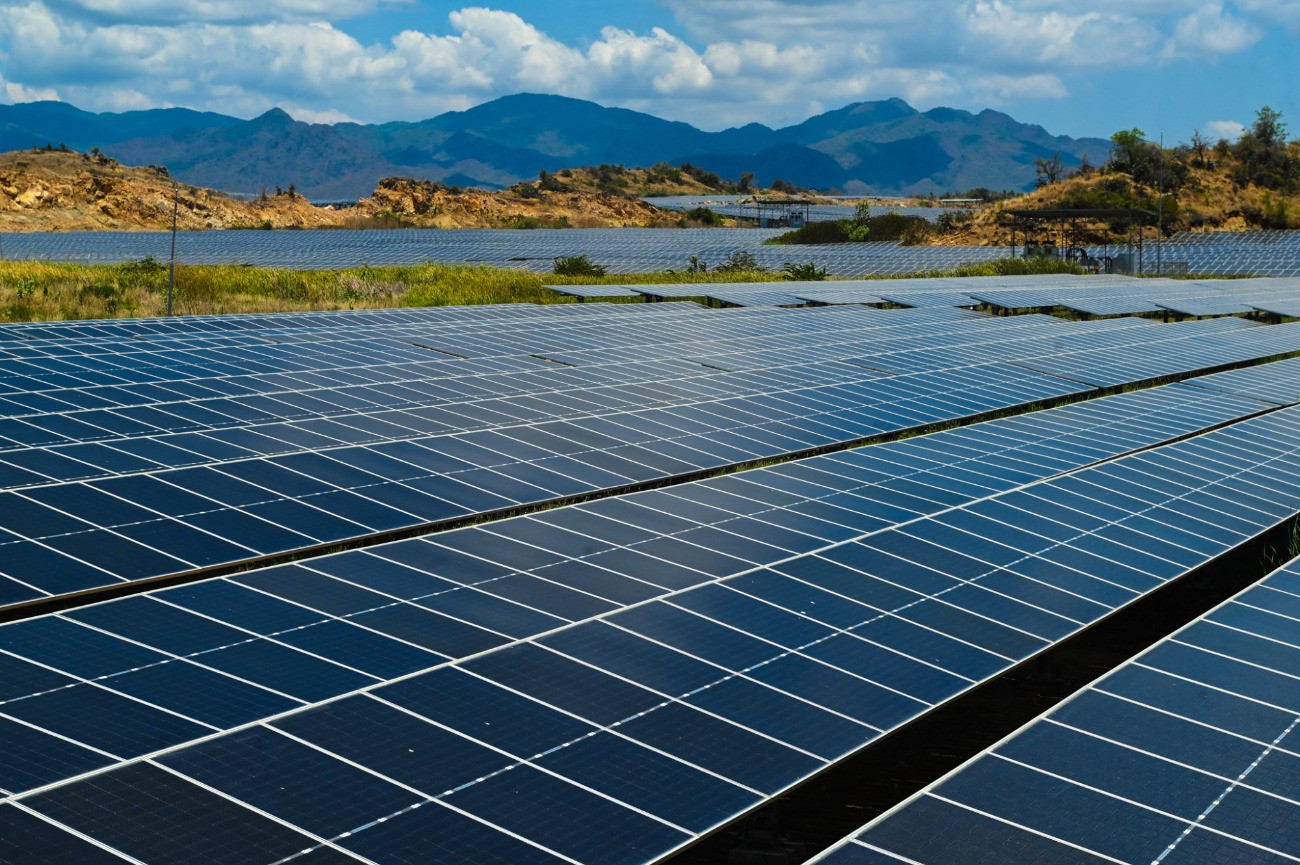
EVN’s deputy CEO Vo Quang Lam said at a seminar on electricity pricing several days ago that the electricity production cost in 2022 became transparent after it was inspected by the inter-ministerial team set up by the Ministry of Industry and Trade (MOIT), which comprised representatives from the Government Office, the National Assembly Economics Committee, the Ministry of Finance (MOF), Ministry of Labor, War Invalids and Social Affairs (MOLISA) and Vietnam Confederation of Commerce and Industry (VCCI).
The inspection found a loss of VND26 trillion incurred by EVN. The biggest expense in the electricity retail pricing was on buying electricity, which accounted for 82 percent of the cost prices.
It is estimated that the 3 percent adjustment in electricity price will help EVN’s revenue increase by VND8 trillion this year, but the loss of VND18 trillion will still be pending.
Regarding the possible impact of the retail price increases on people’s lives, EVN’s head of business division Nguyen Quoc Dung said the total number of households using electricity throughout the country is over 30 million.
Of these, the number of households consuming 50 kwh a month or fewer is 3.33 million (11.98 percent).
The amount of money the households will have to pay additionally as a result of the new pricing mechanism is VND2,500 per household.
The number of households consuming 100 kwh a month is 4.7 million, which accounts for 16.65 percent of consuming households. This group of clients will have to pay VND5,100 per household.
About 10.04 million households consume 200 kwh a month, or 36 percent of households, and the additional amount they have to pay is VND11,000 per household. This is the group of clients accounting for the largest proportion.
There are about 4.96 million households, or 17.81 percent, consuming 300 kwh a month and they will have to pay VND18,700 per household more.
Only 2.21 million households consume more than 400 kwh a month (7.95 percent) and they will have to spend VND27,200 per household more.
As per EVN’s calculation, 64 percent households would have to pay an additional VND2,500-11,000.
Dung said that EVN thoroughly calculated all possible impacts on clients before adjusting the retail price, and found that the 3 percent price increase would cause little impact.
According to Nguyen Tien Thoa, chair of the Vietnam Price Appraisal Association, the electricity prices applied before the latest adjustment went into effect in 2019.
Meanwhile, in 2019-2022, the accumulated inflation rate of the economy was 10 percent.
The electricity production cost (audited) increased by 9.27 percent over 2021. If production costs could not be covered, EVN’s cash flow would be disrupted, and EVN would not be able to continue production and supply electricity.
Also, according to Thoa, the 3 percent retail price increase is modest, and still cannot cover the electricity production cost.
With the average price increase of VND56 per kwh, the increase will affect other business fields in the economy by 0.18 percent.
As for the industries which use a lot of electricity in production, the impact would be different – 0.18 percent for steel manufacturing, 0.45 percent for cement, and 0.4 percent for textile and garment.
At the seminar, Bui Trung Kien, deputy general director of EVN HCM City reassured the public that they would be able to save the volume of electricity to be consumed by using home appliances in a reasonable way.
He said people should set air conditioners at a temperature which is 5oC different from outdoor temperature, which can both protect users’ health and save money.
Electricity price increase is not the only concern for people. EVN these days have continuously warned of the electricity outages as the water level at hydropower reservoirs has been at very low levels, while the consumption has soared.
Luong Bang